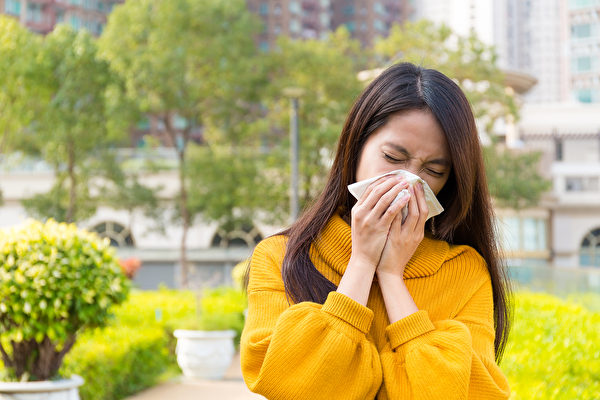New York City’s pollen season has reached its peak, with oak, birch, and sycamore trees beautifying the city streets but also causing allergies for many residents.
According to pollen expert Guy Robinson at Fordham University’s Lincoln Center Campus, the pollen from these tree species is one of the main culprits behind the spike in spring allergies.
Robinson, who is in charge of the official pollen monitoring station in New York City, told Gothamist that tree pollen continuously being released into the air leads to a rapid increase in pollen concentration, resulting in a surge in non-prescription allergy medication sales and emergency room visits in the city. This trend is particularly evident in April and May when pollen concentration reaches its peak for the year.
Monitoring data shows that on May 6th, the air contained as much as 236 pollen grains per cubic meter, with 64% coming from mulberry trees, 30% from oak trees, and 3% from birch trees. Robinson explained that pollen can spread with the wind, significantly impacting allergy sufferers. He emphasized that compared to flowers pollinated by insects, tree pollen is more allergenic.
For individuals with pollen allergies, taking preventive measures is crucial. The Centers for Disease Control and Prevention (CDC) advises checking pollen forecasts regularly during pollen season and following doctor’s recommendations for using anti-allergy medications. Additionally, they recommend showering and changing clothes immediately upon returning home to reduce pollen sticking to the body. Keeping indoor windows closed and using high-efficiency air filters during high pollen seasons can significantly reduce indoor pollen concentration and alleviate allergy symptoms.
Robinson mentioned that he himself is a pollen allergy sufferer and found that wearing a mask and avoiding unnecessary outdoor activities during pollen season can effectively reduce allergy symptoms.

